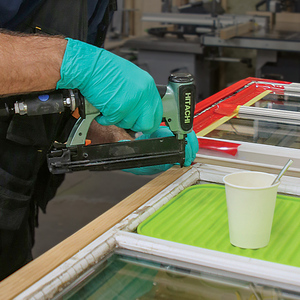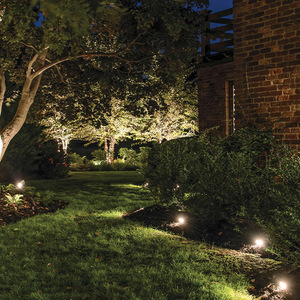repairing loose joints in wooden siding
hi folks, i live in a hundred-year old house with lapped redwood siding. some of the vertical joints between lengths of siding have opened up over time. my thinking was to cut out the loose material with a blade, then put a bead of silicone in the gap as deep as i can; but is there any better strategy, short of replacing all the siding?



















Replies
Do NOT use silicone! Horrible stuff with very few uses and this isn't one. I would probably use a grinder to clean it out,feather the paint back, prime then seal with a good polyurethane worked flat with a putty knife. Let it dry a week and paint again. You may want to think about a tyvek suit and respirator with plastic on the ground. That is lead paint.
Ditto on what Florida said about not using "silicone" caulk. I'd probably clean the joints with my Multimaster, dab primer in as well as I could, then (after the primer has dried) use a good paintable exterior caulk. (I prefer Dap's "siliconized latex" caulk, but that's kind of a personal choice.)
DO NOT put the caulk in "as deep as I can", as this leads to failure. The caulk should only be about as deep as the gap is wide. The reason for this is that the caulk needs to stretch and shrink as the joint moves, and a thicker bead can't flex as easily.
hi folks, thanks! yes, we have been using "ALEX PLUS siliconized latex caulking" and calling it "silicone". i see i should have been more specific.
OK, i won't try to fill the gap up with the caulk, but will prime first and then use it sparingly. we're trying to create an expansion joint here. i'm more concerned with the quality of the seal than with whether the seam is visible; thankfully, the caulk is paintable.
"loose joints"
bricktron,
there's nothing "loose" about that butt joint. The crack is due to the mutiple layers of paint that have been
applied over the years. Carefully scrape, and belt or palm sand the joint, then apply primer and paint and your
done, It's that easy. No cutting ,no caulking.
Any cutting you do will be a source for water penetration down the road, no matter what kind, or how much, caulk you use.
Good Luck,
Geoff